
Have you ever received a text message or a chat where someone replied with just "Hmm" and wondered what it meant? Well, "Hmm" is an interjection that can have many meanings depending on the context in which it is used. However, in recent times, "Hmm" has taken on a new meaning with the phrase "Hug Me More."
What does Hmm mean?
The word "Hmm" is an onomatopoeic word that represents a sound made when someone is thinking or pondering over something. It is often used in written communication to show that the person is considering what was said or asked. It can also be used as a response to indicate disapproval or doubt.
What does Hug Me More mean?

"Hug Me More" is a phrase that was popularized by the singer and rapper, Doja Cat. The phrase gained popularity after the release of her song "Kiss Me More" featuring SZA. In the song, Doja Cat sings the phrase "Hug Me More" as a play on the acronym "Hmm."
How is Hmm related to Hug Me More?

The connection between "Hmm" and "Hug Me More" is simply that the phrase "Hug Me More" was inspired by the acronym "Hmm." Doja Cat took the interjection "Hmm" and turned it into a playful and endearing phrase that encourages people to hug more. It is a call for more physical affection and intimacy, which is something that many people crave, especially in these times of social distancing and isolation.
How has Hug Me More impacted popular culture?

Since the release of "Kiss Me More," "Hug Me More" has become a popular phrase used on social media and in everyday conversations. It has also become a popular hashtag on platforms like Twitter and Instagram. The phrase has been used by people to express their need for physical touch and affection, and it has been embraced by many as a way to connect with others during these challenging times.
Conclusion
The Full Form of Hmm may have been a mystery for many, but with the rise of "Hug Me More," it has taken on a new meaning. The phrase has become a cultural phenomenon that has impacted popular culture in many ways. It has encouraged people to seek out more physical affection and intimacy, and it has become a source of comfort and connection for many.
Related video of What is the Full Form of Hmm? Hug Me More!

William James was a prominent American philosopher and psychologist who was born on January 11, 1842, in New York City. He was the eldest of five children born to Henry James Sr., a wealthy and eccentric theologian, and Mary Robertson Walsh. James was raised in an intellectually stimulating environment and was exposed to a variety of religious and philosophical ideas from a young age.
Early Life and Education
James attended Harvard University, where he studied biology and anatomy. After graduating in 1863, he briefly studied painting in Paris before returning to Harvard to study medicine. However, he soon realized that his true passion lay in philosophy and psychology, and he eventually earned a doctorate in philosophy from Harvard in 1879.
Career and Contributions

James is best known for his contributions to the field of psychology, particularly his book "The Principles of Psychology," which is considered a classic in the field. In this book, James introduced many influential ideas, such as the concept of the stream of consciousness and the distinction between primary and secondary consciousness.
James also made significant contributions to the field of philosophy, particularly in the areas of pragmatism and metaphysics. He argued that truth should be judged based on its usefulness and practicality rather than its correspondence to reality. He also proposed a radical empiricism that rejected the notion of a separate realm of metaphysical entities.
Personal Life and Legacy

James married Alice Gibbens in 1878, and they had five children together. He suffered from several health problems throughout his life, including back pain and eye strain, but he continued to work until his death on August 26, 1910.
James' legacy is far-reaching, and his ideas continue to influence many fields of study. He is often referred to as the father of American psychology and is widely regarded as one of the most important thinkers of the 19th century. His writings on pragmatism, psychology, and philosophy have inspired generations of scholars and intellectuals.
Conclusion
The life and work of William James are a testament to the power of curiosity and intellectual exploration. James' contributions to the fields of psychology and philosophy have had a lasting impact on our understanding of the human mind and the nature of reality. His legacy continues to inspire us to question our assumptions and explore new ideas.
Related video of History of William James
The word “nerd” is commonly used in modern society to describe someone who is highly intellectual but socially awkward. However, the history of the word nerd is much more complex and varied than its current usage suggests.
Etymology of the Word Nerd

The origins of the word “nerd” are unclear, but it is believed to have been in use since the early 20th century. One theory is that it originated from the word “nert,” which was a term used by Dr. Seuss in his 1950 book, “If I Ran the Zoo.”
Another theory is that it was derived from the word “knurd,” which is the word “drunk” spelled backward. This theory suggests that “nerd” was originally used to describe someone who was not interested in drinking or partying, but instead focused on their studies.
Early Usage of the Word Nerd

The earliest known usage of the word “nerd” was in a 1951 article in Newsweek magazine. The article described a group of students who were considered “nerds” because they were socially awkward and focused on academics rather than sports or social activities.
During the 1960s, the word “nerd” became more widely used in popular culture, particularly in relation to science and technology. It was often used to describe people who were passionate about computers and electronics.
Evolution of the Word Nerd

Over time, the meaning of the word “nerd” has evolved. While it still carries connotations of intellectualism and social awkwardness, it is also often used in a more positive light to describe someone who is passionate about their interests and unapologetically themselves.
The term “geek” is often used interchangeably with “nerd,” but it typically carries more positive connotations and is associated with fandom and pop culture rather than academic pursuits.
The Rise of Nerd Culture

In recent years, “nerd” and “geek” culture has become increasingly mainstream. Comic book movies, video games, and science fiction have all become huge industries, with fans who proudly identify as “nerds” and “geeks.”
This rise in popularity has led to a reclamation of the word “nerd,” with many people embracing their inner nerd and wearing the label as a badge of honor.
The Future of Nerd Culture

As technology continues to advance and society becomes more reliant on computers and digital media, it is likely that “nerd” and “geek” culture will continue to play an important role in shaping popular culture.
However, it is also important to remember that the word “nerd” has a complex and varied history, and that its meaning has evolved over time. While it may still be associated with social awkwardness and intellectualism, it is also a term that can be reclaimed and celebrated.
Conclusion
The word “nerd” has a fascinating history, and its meaning has evolved over time. While it may still carry connotations of social awkwardness and intellectualism, it is also a term that can be embraced and celebrated. As “nerd” and “geek” culture continue to play an important role in shaping popular culture, it is important to remember the rich history behind these labels.
Related video of History of the Word Nerd

The F word, also known as the F-bomb, is one of the most widely used swear words in the English language. It's a versatile word that can be used as a noun, verb, adjective, and adverb. But where did this word come from? And why is it considered so offensive? Let's take a look at the history of the F word.
Early Origins

The origins of the F word can be traced back to Middle English, where it was used as a verb meaning "to strike" or "to hit." Over time, the word evolved to have sexual connotations, and by the 16th century, it was being used as a slang term for sexual intercourse.
Shakespearean Era

During the Shakespearean era, the F word was commonly used in plays and literature. In fact, Shakespeare himself used the word over 200 times in his works. However, it was still considered vulgar and was not used in polite society.
Modern Usage

Today, the F word is used much more frequently and is considered less offensive than it once was. It's used in movies, TV shows, music, and everyday conversation. However, it's still considered inappropriate in certain settings, such as the workplace or around children.
Offensiveness

The F word is considered offensive because of its sexual connotations and its use as a derogatory term for women. It's also considered impolite and vulgar, and its use can be seen as a sign of low intelligence or lack of education.
Censorship

The F word is often censored in the media, with bleeps or silence used to cover up the word. However, this has led to a phenomenon known as the "Streisand Effect," where attempts to censor something only draw more attention to it.
Alternative Words
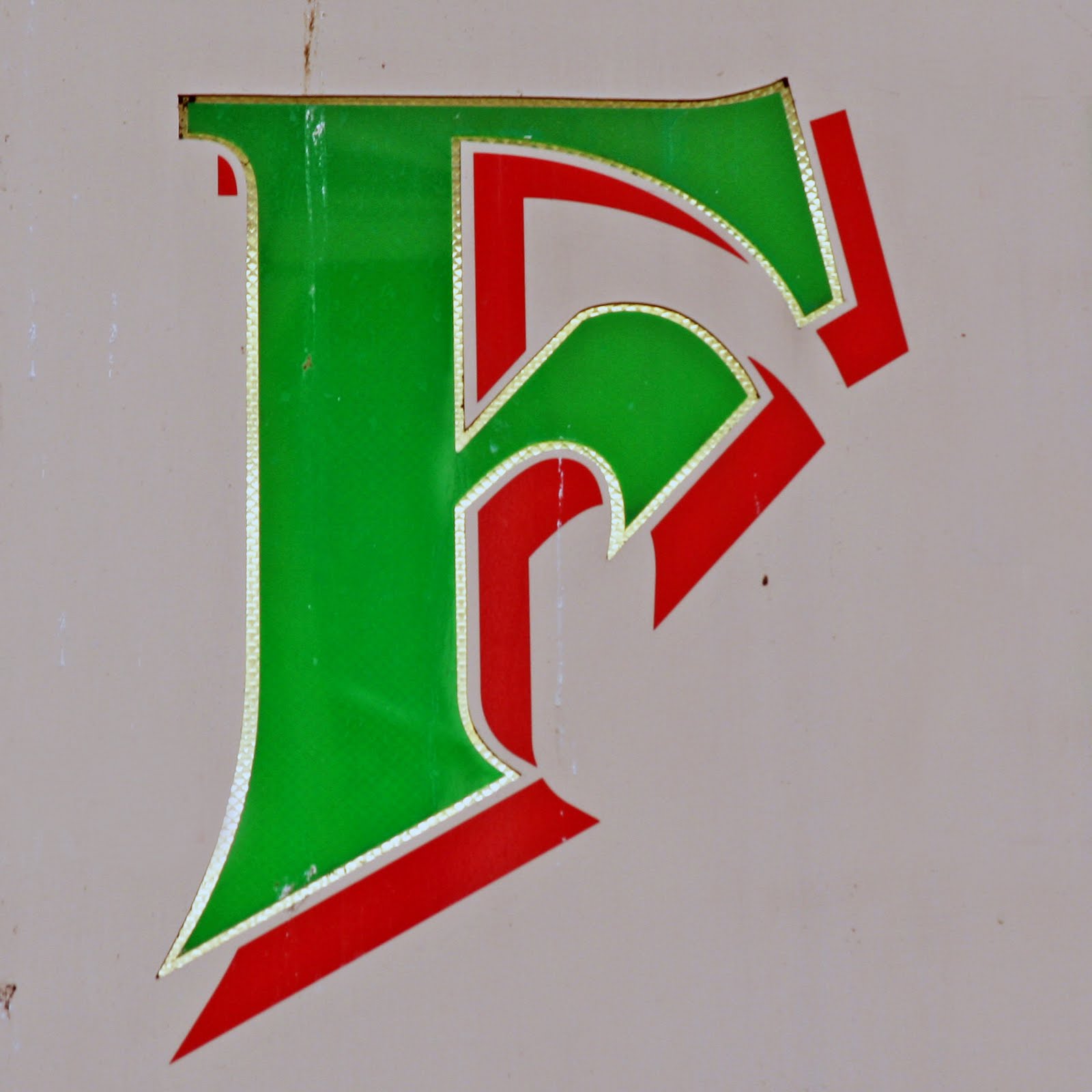
Because of its offensiveness, many people use alternative words to express their frustration or anger. These words include "heck," "darn," and "fudge." However, these words are also considered to be substitutes for the F word and can sometimes be seen as just as vulgar.
Conclusion
The F word has a long and controversial history, with its origins dating back to Middle English. Today, it's a widely used swear word that can be heard in movies, TV shows, and everyday conversation. Although it's considered offensive and impolite, it's also a versatile word that can be used in many different ways.
Related video of History Of The F Word

Soft drinks, also known as carbonated drinks, are a popular beverage choice around the world. These drinks are carbonated with dissolved carbon dioxide gas, which gives them their characteristic fizz. The history of soft drinks is long and varied, with the first carbonated beverage being created in the late 1700s.
Early History of Soft Drinks

The first carbonated beverage was created by Joseph Priestley in 1767. He discovered that if he mixed water with carbon dioxide, it produced a refreshing and bubbly drink. However, it wasn't until the late 1700s that carbonated drinks became widely available.
In 1783, Jacob Schweppe created Schweppes soda water, which became a popular beverage in England. Other carbonated drinks, such as ginger ale and lemonade, were also created during this time.
Soft Drinks in America

Soft drinks became popular in America during the 1800s. In 1835, the first bottled soda water was produced in the United States. This was followed by the creation of Coca-Cola in 1886 and Pepsi-Cola in 1898.
During the early 1900s, soft drinks were sold in drugstores and soda fountains. These establishments became popular gathering places for people to socialize and enjoy a refreshing drink.
Evolution of Soft Drinks

Over the years, soft drinks have evolved to include a wide range of flavors and types. In addition to traditional sodas, there are now energy drinks, sports drinks, and flavored water.
The way soft drinks are packaged has also evolved. In the early days, soft drinks were sold in glass bottles. Today, they are sold in plastic bottles, cans, and even pouches.
Popularity of Soft Drinks

Soft drinks have become a staple in many people's diets. In fact, they are the most consumed beverage in the United States, second only to water.
However, there has been growing concern over the health effects of consuming too much sugar and artificial sweeteners found in soft drinks. As a result, many people are turning to healthier beverage options, such as water and tea.
Conclusion
The history of soft drinks is a long and varied one. From the creation of the first carbonated beverage in the late 1700s to the wide range of flavors and types available today, soft drinks have become a popular beverage choice around the world.
While there has been concern over the health effects of consuming too much sugar and artificial sweeteners found in soft drinks, they remain a staple in many people's diets. As consumers become more health-conscious, the soft drink industry continues to evolve to meet their changing needs.
Related video of History of Soft Drinks
KFC, or Kentucky Fried Chicken, is one of the largest fast-food chains in the world. Its success is due in large part to its founder, Colonel Harland Sanders. Here’s a look at the history of KFC’s Colonel Sanders.
Early Life

Harland David Sanders was born on September 9, 1890, in Henryville, Indiana. His father died when he was only six years old, and his mother was forced to work long hours to support her family. Harland dropped out of school at the age of 12 and started working odd jobs to help his mother.
Early Career

In 1906, Harland got his first job working as a farmhand. He eventually moved to Indiana, where he worked as a streetcar conductor, soldier, and insurance salesman. In 1920, Harland opened a gas station in Corbin, Kentucky, which also served as a restaurant for travelers.
Colonel Sanders
Harland’s restaurant became popular for its fried chicken, which was cooked in a pressure fryer. In 1935, Harland was named a Kentucky Colonel by the Governor of Kentucky in recognition of his contributions to the state’s cuisine.
Harland began calling himself “Colonel Sanders” and donned a white suit, black string tie, and a cane to look the part. He started franchising his restaurant in the 1950s, and KFC was born.
Death and Legacy

Colonel Sanders remained the face of KFC until he sold the company in 1964. He passed away on December 16, 1980, at the age of 90. Today, KFC has over 22,000 locations in more than 135 countries, making it one of the most successful fast-food chains in the world.
Colonel Sanders’ legacy lives on not only through KFC but also through his philanthropic work. He donated much of his fortune to various charities, including the Kentucky Orphan’s Home and the Thomas More College.
Conclusion
The history of KFC’s Colonel Sanders is a story of hard work, determination, and innovation. Harland Sanders’ fried chicken recipe and business savvy revolutionized the fast-food industry and made him a household name. Today, KFC continues to be a global success, thanks in large part to the legacy of its founder, the one and only Colonel Sanders.
Related video of History Of KFC Colonel Sanders

Have you ever wondered about the origins of everyday things we use? From the toothbrush to the telephone, things we use every day have a rich history that dates back centuries. In this article, we will explore the fascinating history of everyday things.
The Toothbrush

The toothbrush dates back to ancient Egypt, where it was made from twigs and frayed at the end. In the 15th century, the Chinese created the first toothbrush with bristles made from animal hair. The first mass-produced toothbrush was made in 1780 in England, and it wasn't until the 1930s that the toothbrush as we know it today, with nylon bristles, was invented.
The Telephone

The telephone was invented by Alexander Graham Bell in 1876. The first telephone call was made between Bell and his assistant, Thomas Watson. It wasn't until the 20th century that telephones became widely available in homes and businesses.
The Refrigerator

The first refrigerator was invented in 1805 by Oliver Evans, but it wasn't until the early 20th century that refrigerators became common in households. In the early days, refrigerators used dangerous chemicals such as sulfur dioxide and methyl chloride, but today's refrigerators use safer, more environmentally friendly refrigerants.
The Light Bulb

The first practical light bulb was invented by Thomas Edison in 1879. Before that, people used candles, oil lamps, and gas lamps to light their homes. Edison's light bulb used a carbon filament and was able to burn for over 1,200 hours.
The Television

The television was invented in the 1920s by inventors such as John Logie Baird and Philo Farnsworth. The first television sets were expensive and only available to a few wealthy families. It wasn't until the 1950s that television became a common household appliance.
The Microwave

The microwave was invented in 1945 by Percy Spencer, an engineer at Raytheon. Spencer was working on radar equipment when he noticed that a candy bar in his pocket had melted. He realized that the microwaves from the radar had caused the candy bar to melt and began experimenting with cooking food with microwaves. The first microwave oven was sold in 1947, but it wasn't until the 1970s that microwaves became a common household appliance.
The Bicycle
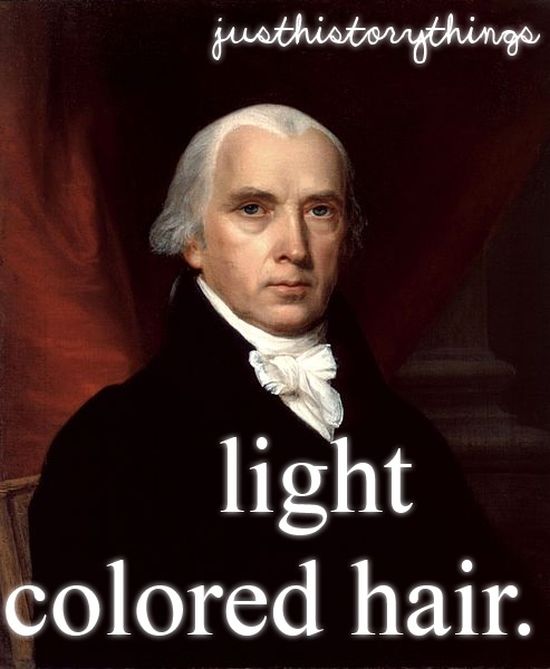
The bicycle was invented in the early 19th century and has gone through many changes since then. The first bicycles were made of wood and had no pedals. Pedals were added in the 1860s, and in the 1880s, bicycles with rubber tires and chains were introduced. Today, bicycles are a common form of transportation and recreation.
The Camera

The first camera was invented in the early 19th century, but it wasn't until the 20th century that cameras became widely available. The first cameras used film, but today's cameras use digital technology. Today, cameras are used for everything from capturing family memories to professional photography.
The Automobile

The automobile was invented in the late 19th century, and it has revolutionized transportation. The first automobiles were steam-powered, but gasoline-powered cars were introduced in the early 20th century. Today, cars are an essential part of daily life for many people, and there are over a billion cars on the road worldwide.
The Airplane

The airplane was invented by the Wright brothers in 1903. The first flight lasted just 12 seconds, but it paved the way for modern air travel. Today, airplanes are a common form of transportation, and millions of people travel by plane every day.
The Computer

The first computer was invented in the 1940s by John Atanasoff and Clifford Berry. Computers were initially large and expensive, but they became smaller and more affordable in the 1980s. Today, computers are an essential part of daily life for many people, and they are used for everything from work to entertainment.
The Internet

The internet was invented in the 1960s by the US Department of Defense. It was originally called ARPANET and was used for military communication. In the 1980s, the internet became available to the public, and it has revolutionized communication and information sharing.
The Telephone Booth

The telephone booth was invented in the late 19th century and became a common sight on city streets in the 20th century. In the days before cell phones, telephone booths were essential for making phone calls when away from home or the office. Today, most telephone booths have been removed, as cell phones have made them obsolete.
The Elevator

The elevator was invented in the mid-19th century and has revolutionized building design. Before elevators, buildings could only be a few stories tall. Today, skyscrapers are possible because of the elevator. The first elevators were powered by steam, but today's elevators use electricity.
The Zipper
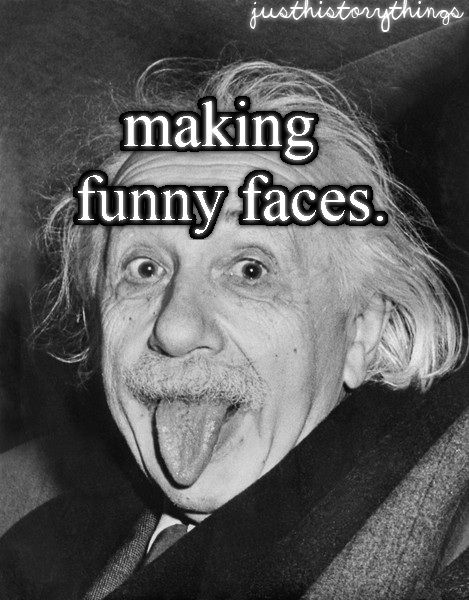
The zipper was invented in the early 20th century by Gideon Sundback. Sundback's zipper was an improvement on earlier designs and became the standard for zippers. Today, zippers are used in everything from clothing to luggage.
The Ballpoint Pen
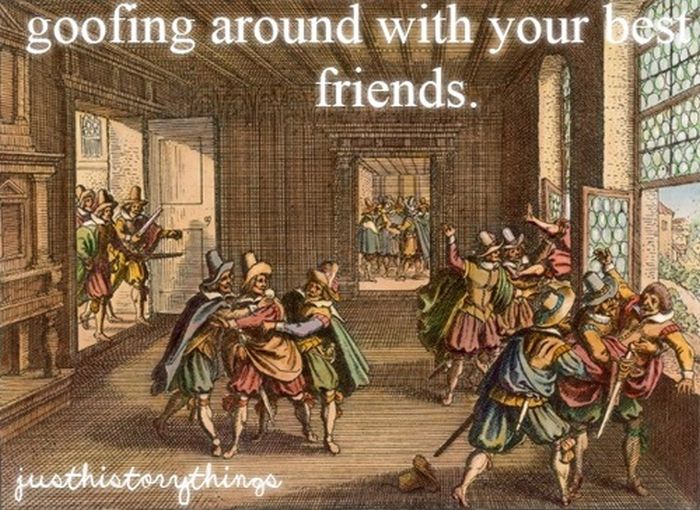
The ballpoint pen was invented in the late 19th century, but it wasn't until the 20th century that it became widely available. The first ballpoint pens were expensive and unreliable, but improvements in design made them more affordable and reliable. Today, ballpoint pens are a common writing tool.
The Postage Stamp

The postage stamp was invented in the mid-19th century and revolutionized mail delivery. Before postage stamps, mail was paid for by the recipient, which made sending letters expensive. Postage stamps made it possible to send letters and packages at a reasonable cost.
The Paper Clip

The paper clip was invented in the mid-19th century and is a simple but essential tool for keeping papers together. The first paper clips were made from wire, but today's paper clips are made from a variety of materials, including plastic and metal.
The Calculator

The calculator was invented in the 17th century, but it wasn't until the 20th century that electronic calculators became widely available. Electronic calculators were first used by scientists and engineers, but they became popular with students and the general public in the 1970s.
The Vacuum Cleaner
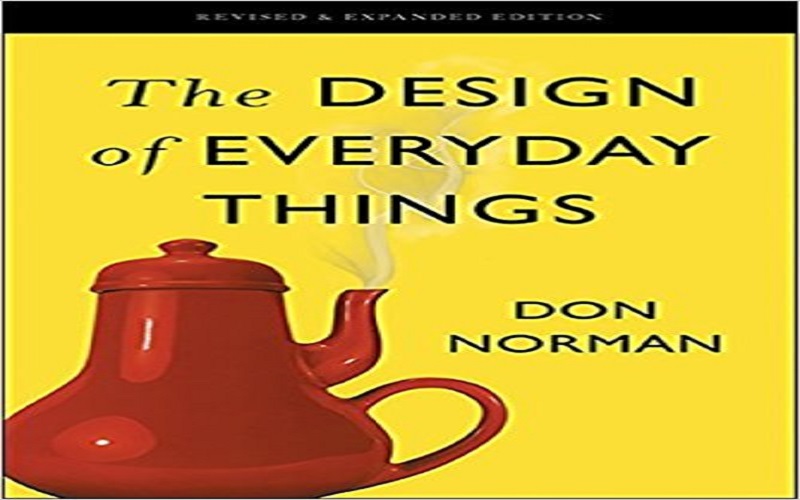
The vacuum cleaner was invented in the late 19th century and has revolutionized cleaning. The first vacuum cleaners were large and expensive, but improvements in design and technology have made them more affordable and efficient. Today, vacuum cleaners are a common household appliance.
The Lighter
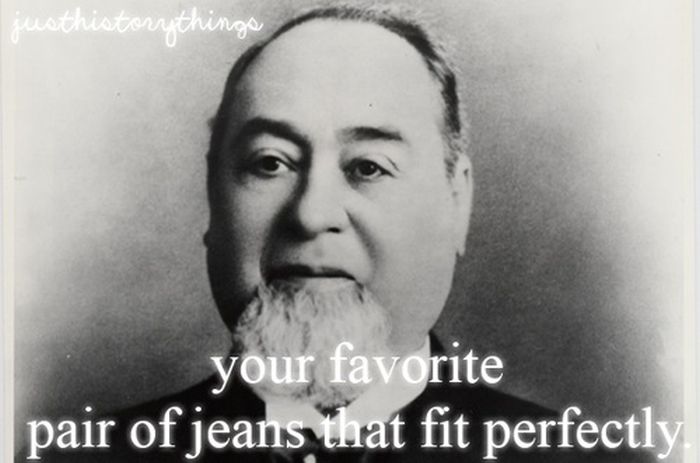
The lighter was invented in the early 19th century and has become an essential tool for lighting candles, cigarettes, and other items. The first lighters were powered by flint and steel, but today's lighters use butane or other fuels.
Conclusion
The history of everyday things is a fascinating subject that tells us a lot about the progress of human civilization. From the toothbrush to the telephone, each of these inventions has a rich history that has changed the way we live and work. As we continue to innovate and create new things, it's important to remember the history of the everyday things that have brought us to where we are today.